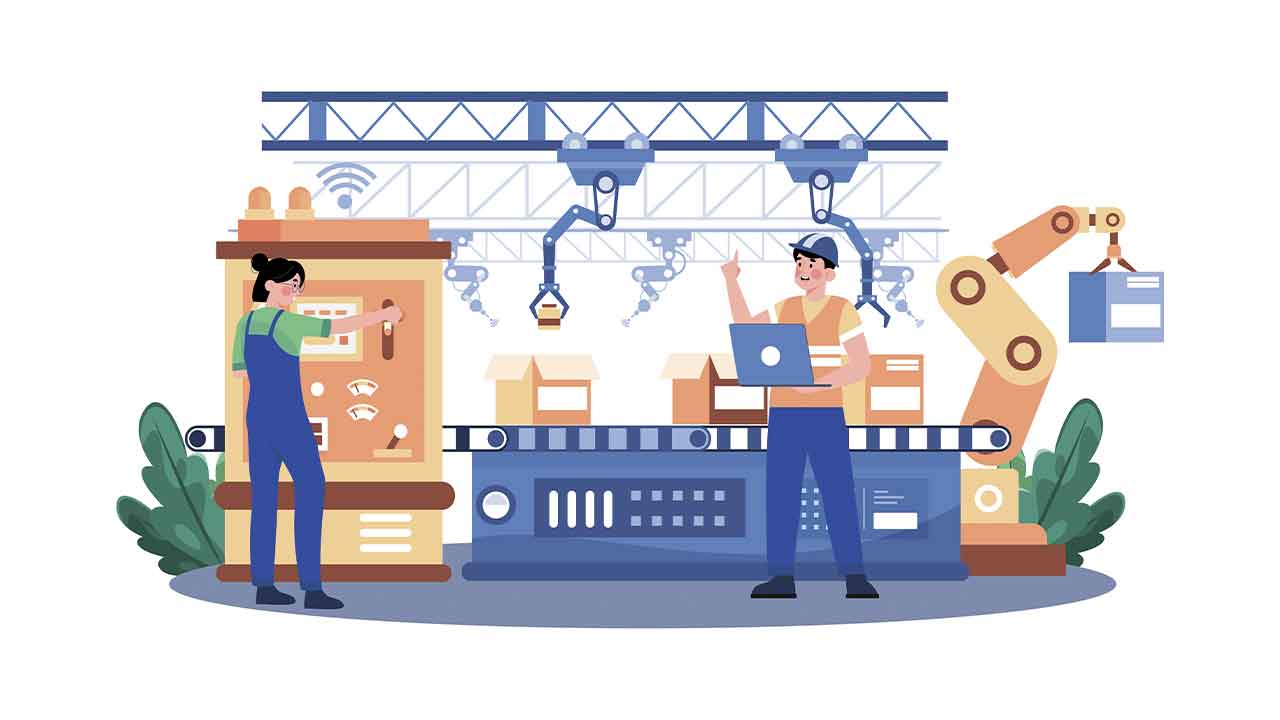Digital Ecosystem: Tackling the scale challenge
By its nature, IoT is open and interoperable. In fact, that’s the very spirit of IoT – and the reason why so many fast-growing companies are driving innovation within an open digital ecosystem. As any startup knows, you may launch with a great use case. But how and where can you scale, both in terms of your application portfolio and market growth?
Simply put, we need open digital ecosystems that reflect this collaborative approach to innovation, attracting and empowering startups to accelerate new ways to solve known problems. From there, scale is possible. Working in this way enables new business models and many new opportunities for faster-growing companies that are looking to exploit these new technological advancements.
Engaging Schneider Electric Exchange
In fact, Senseye, as a specialist in condition monitoring and predictive maintenance, leverages the business platform Schneider Electric Exchange to deliver the message about the benefits of predictive maintenance. We want to make sure we have a cross-industry voice in educating end-users about this exciting new market.
Although it’s still early for this emerging market, with initial adopters coming into play just over the last 2-3 years, we’re anticipating a promising future of predictive maintenance opportunities. You see, what was initially embraced by purely maintenance and engineering teams has now caught the eye of executives, including the C-suite.
Schneider Electric Exchange allows us to transition to this larger stage, especially as companies ardently seek the bottom-line, business payoffs of digital transformation.
“It’s imperative that digital transformation is regarded as worthwhile beyond the technical benefits of connectivity and digitization.”
It is a business strategy. Schneider Electric Exchange provides an open forum for showcasing the many ways the strategy pays off.
For Senseye, of course, the business driver is the ROI of predictive maintenance. Nearly half of companies surveyed by PwC cite “uptime improvement” as the main value. An open digital ecosystem lets you sound the call of everything predictive maintenance brings to the table: reduced downtime, lower maintenance cost, improved safety, higher customer satisfaction, CapEx deferral by extending asset life, improved energy efficiency. And, today, we’re technically talking about ROI in terms of just months. One Senseye customer in the automotive space realized ROI within the first three months. Industry researchers see the vast well of potential here: equipment uptime and availability can be increased by 10-20 percent, for example.
Collaboration is key.
The pace of today’s innovation is such that no company can accelerate alone. Even building out the best pilot project can take a technical community that knows no silos. Senseye, for instance, provides an integral part of the predictive maintenance solution. Its cloud-based application, Senseye PdM, relies on the collection and storage of data, allowing it to remain independent of the data source and embracing the openness of the IoT. Fundamentally, we need a robust supply of conditioning monitoring data to achieve greater outcomes with more fidelity data from sensors in place to monitor relevant conditions (e.g. vibration in the industrial environment).
Since we are experts in condition monitoring and predictive maintenance, we know that it’s imperative to collaborate with domain experts in industrial automation or factory systems. This is a far-reaching benefit of an open digital ecosystem: connecting to domain specialists in manufacturing, as well as to experts from other industrial spaces (e.g. power systems, machine builder sector) to identify the right measures to feed predictive maintenance models.
“Only by collaborating can we fill the gaps in technology, in turn providing customers a full predictive maintenance solution as opposed to technical building blocks.”
Driving the data economy
With data sets published on Schneider Electric Exchange, other SaaS companies can deliver the full solution in their targeted areas of expertise vs. just a slice of the bigger picture. Nearly 80 percent of data needs to be cleaned and processed, so there is huge value in data as a service business models that foster a “Collect data once, and use it many times” approach to solving additional business problems and use cases. While there is a lot of data captured in the industrial environment for many purposes.
That said, we work in an agile way at Senseye and are always looking for a better understanding of user needs. Being part of a community like Schneider Electric Exchanges gives us another channel to capture valuable information and inform our product development and priorities. Just as important, potential clients can come to the Exchange community to call on providers to address specific challenges. We can contribute to that community with domain knowledge to educate potential clients quicker and enable large-scale projects. In the long run, we’re all winning in the digital economy, fueled by data: the new oil.
Originally this article was published here.
![]() This article was written by Robert Russell, the Chief Technology Officer at Senseye. After graduating with a BEng in Mechanical Systems Engineering, Rob spent 20 years designing and deploying asset management and condition monitoring systems within the aerospace, defense and transport sectors.
This article was written by Robert Russell, the Chief Technology Officer at Senseye. After graduating with a BEng in Mechanical Systems Engineering, Rob spent 20 years designing and deploying asset management and condition monitoring systems within the aerospace, defense and transport sectors.



